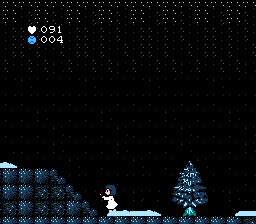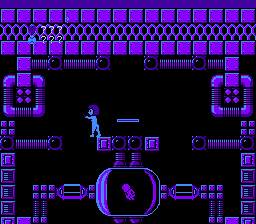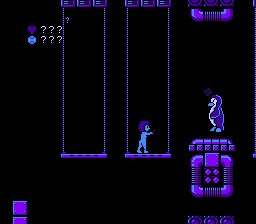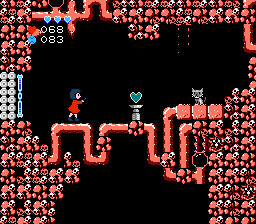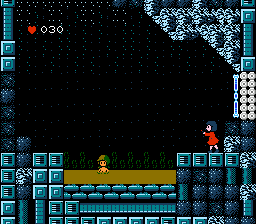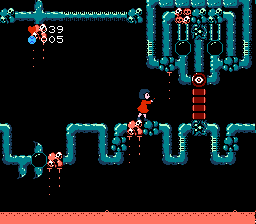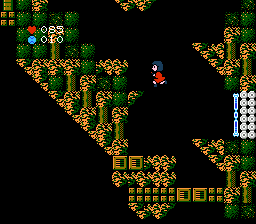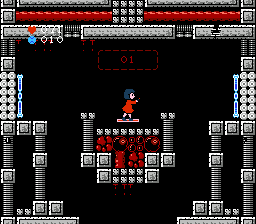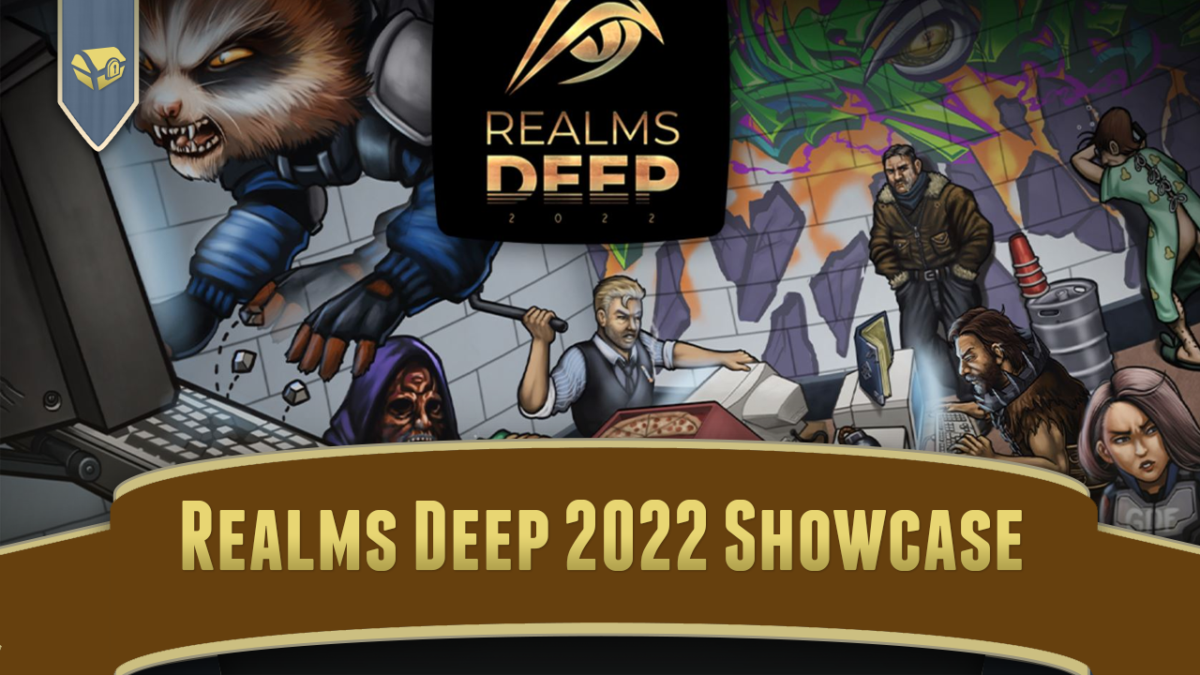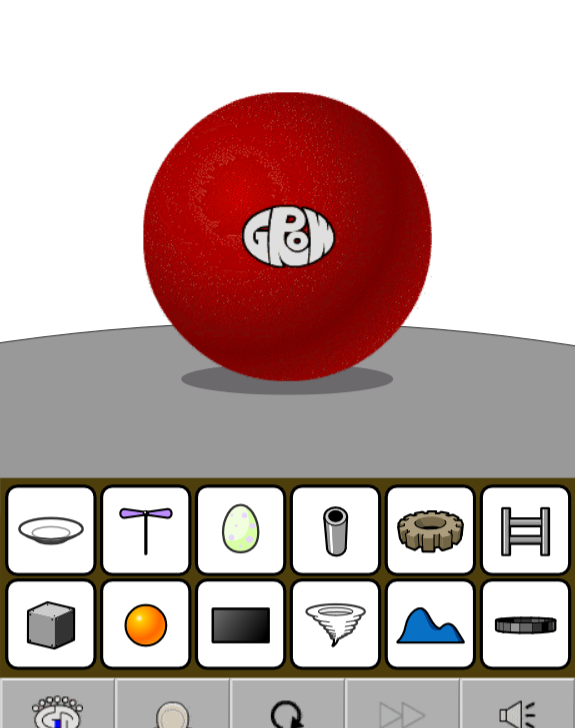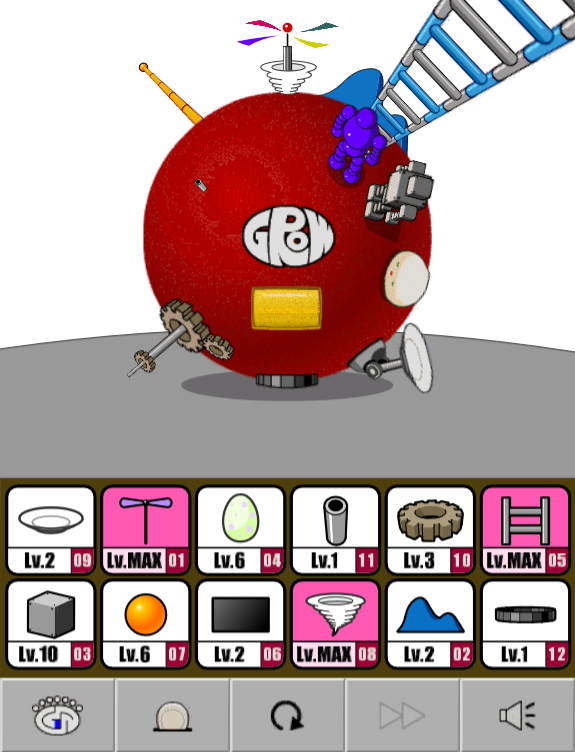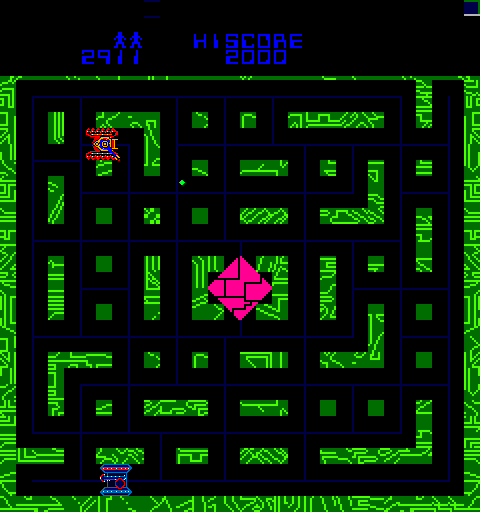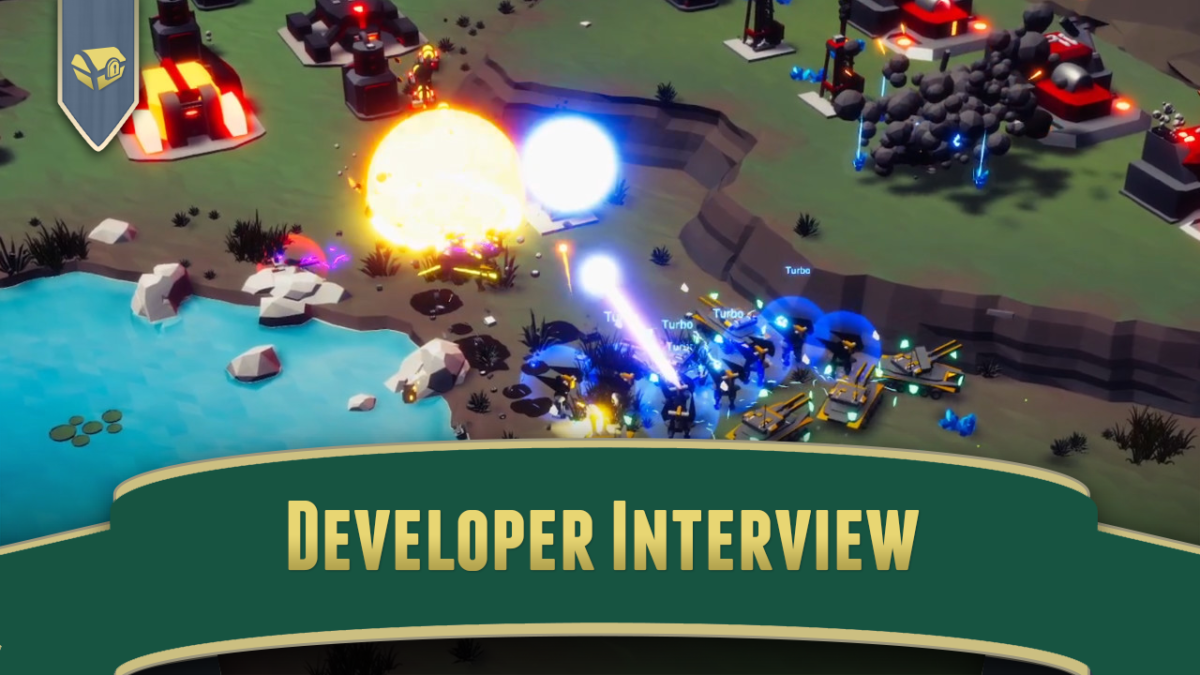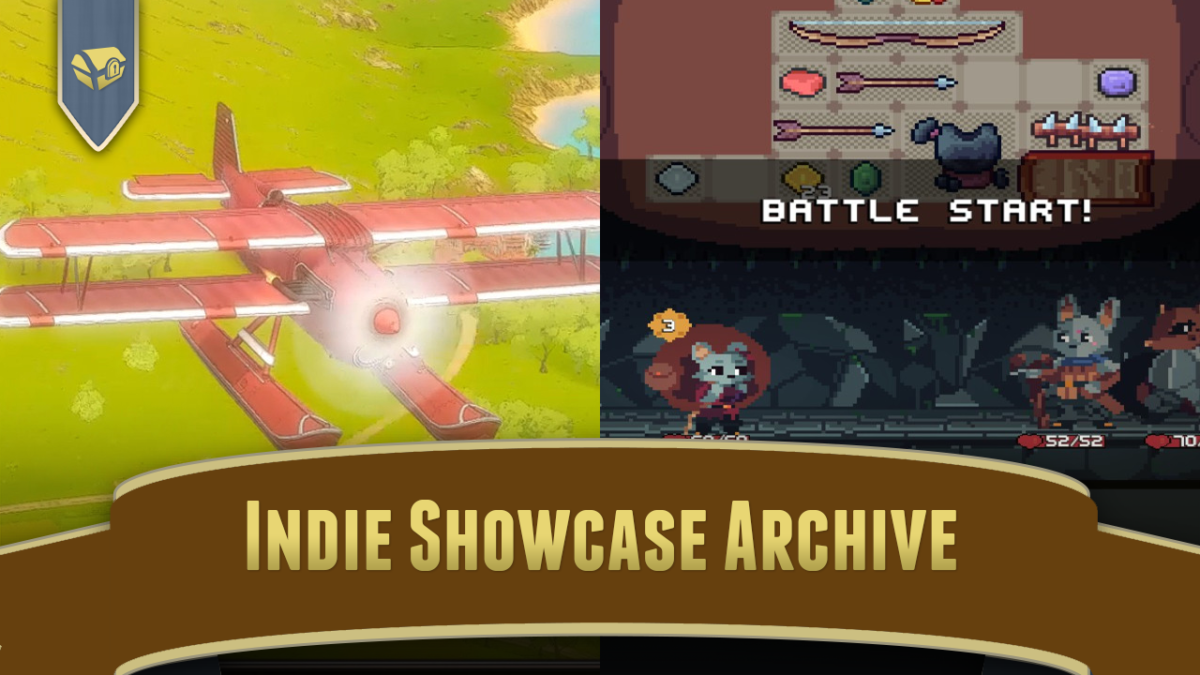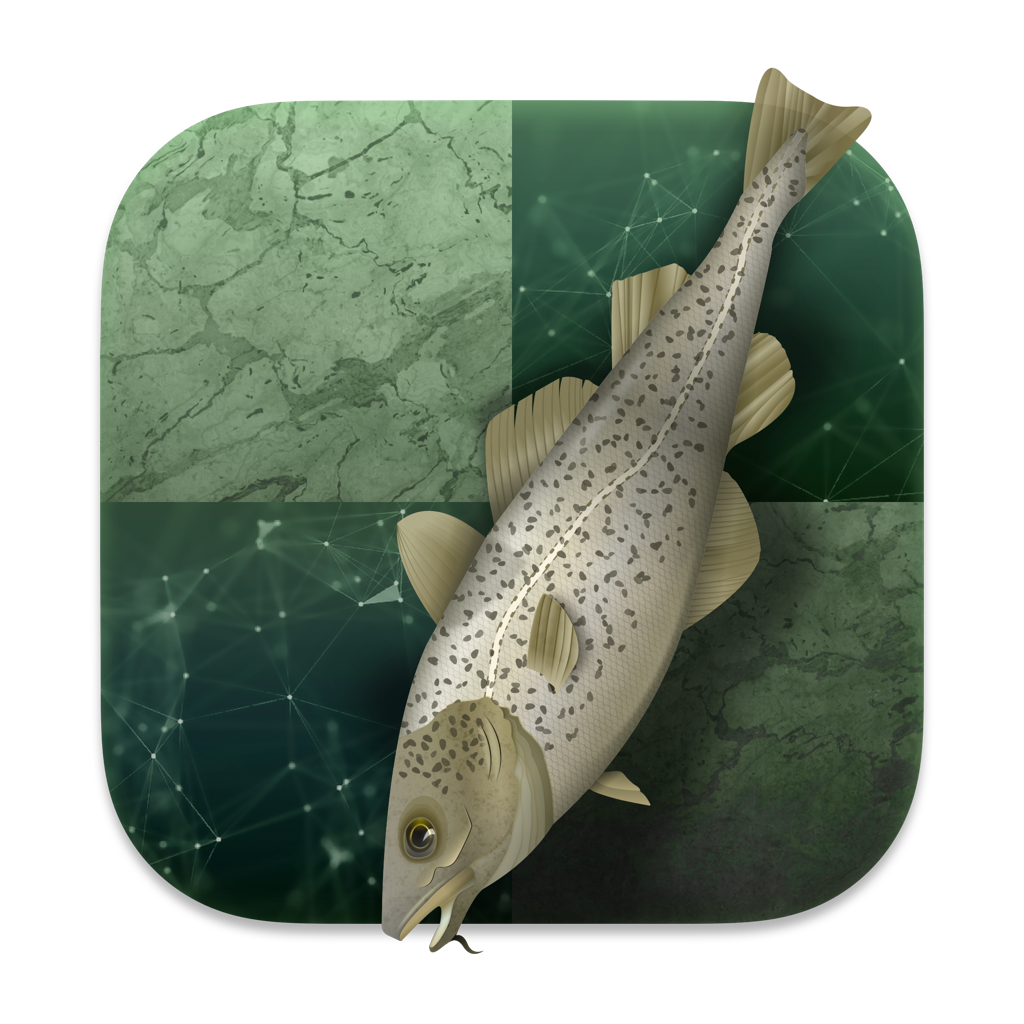
“We scour the Earth web for indie, retro, and niche gaming news so you don’t have to, drebnar!” – your faithful reporter
It’s been a slow day at the news desk, blobs and blobbies. Just three items-
Mollie Taylor at PC Gamer tells us that Atlus is suing fans for reviving an old MMORPG of theirs, Shin Megami Tenshin Imagine Online. A particularly galling part of the article: “The suit claims the fan server has ’caused and will continue to cause irreparable damage to Atlus unless restrained by this Court,’ despite the servers being dead for over six years.” Not cool, Atlus! Of course, the law is complex, and very often on the internet the law being violated is not the one you think it is at first, be this seems particularly egregious.
Nintendo Life has an article by Gavin Lane on which Zelda title players should try first, and of course you just know I’d have to link it as an excuse to get in my two gelatinous cents! I really think people should try the original Legend of Zelda first! It’s hard, oooooh yes it is drebnar, and you’ll die a lot, but that’s what makes it fun! It’s not like you lose much when you die either. The article’s own argument (which you’ll have to read to get Gavin’s reasoning) is: Ocarina of Time, Link to the Past, Breath of the Wild, and Wind Waker.
And a group of writers headed by Rachel Watts at Rock Paper Shotgun report on their favorite indie titles from out of EGX 2022.
Finally, if I might talk about a non-gaming issue that affects all of us on the web… the U.S. Fifth Appeals Court has made a horrendous, head-scratching decision that could easily turn social media into a hailstorm of spam and misinformation, at best. The Atlantic has an article up called Is This The Beginning of the End of the Internet, and from what I’ve seen so far it’s possible? It all has to do with a Texas law that forbids social media from “censoring” people’s feeds, saying if they have 50 million users they no longer have First Amendment rights. Of course the law is complex (as I mentioned above), and the effects of this decision, if it isn’t overturned or outright nullified by an eventual law, will spill out in several directions. But those of us remembering the era leading up to the election of the Terrible Orange Man will remember the kinds of things that floated around Facebook at that time. This looks like it might open the already-leaky floodgates, and, at the very least, turn social media sites into unusable hellholes. For more, you probably should read the article-provided The Atlantic doesn’t ward it from your sight with a paywall. It’s nearly the end of the month, if you’re out of free articles they should reset soon. That’s the way it works, right?
(EDIT: Fixed link. The Windows clipboard continues to cause me problems, argh.)



